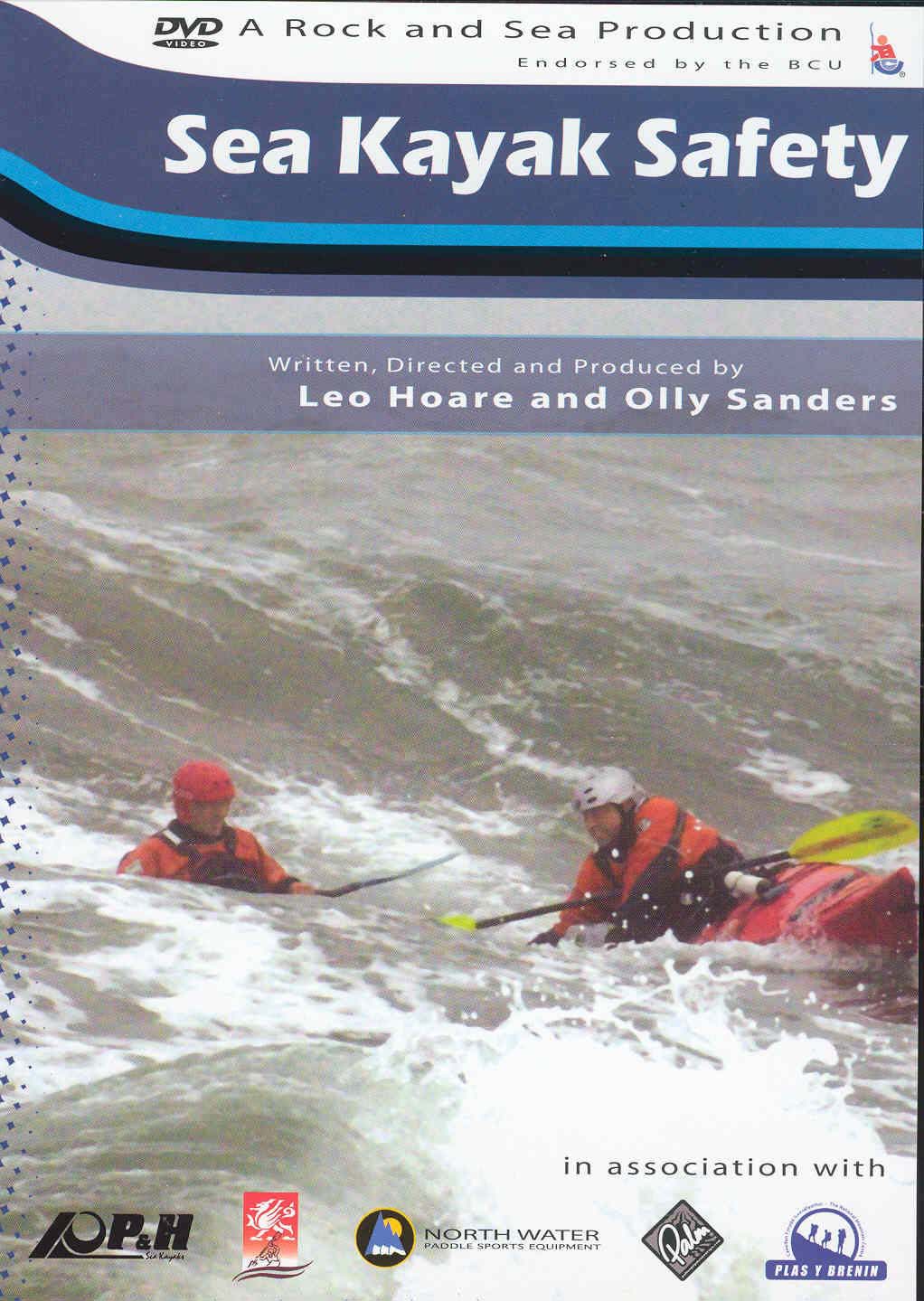 Unless you’re a highly accomplished kayaker with an arsenal of rescue and self-rescue techniques, this DVD has one overwhelming thing going for it; you get to watch an expert perform a range of these manoeuvres in rough water. For this reason alone, it’s worth having in the collection. It costs £24.99 from Rock and Sea Production.
Unless you’re a highly accomplished kayaker with an arsenal of rescue and self-rescue techniques, this DVD has one overwhelming thing going for it; you get to watch an expert perform a range of these manoeuvres in rough water. For this reason alone, it’s worth having in the collection. It costs £24.99 from Rock and Sea Production.It has been out for a couple of years but the content has not dated. I just got hold of a copy and there must be others in the same situation.
First some background; I’ve been sea kayaking for only a few years, but I’ve been making TV programmes for more than twenty. There are aspects to this production which are excellent and others I think could easily be improved. But none of these obscure the teaching points the production delivers.
Let’s start with its USP. Its unique selling point is that you can watch, over and over again, rescue techniques on calm water and rough water. The viewer is first talked through each technique in a calm bay, then shown the footage again in slow motion with freeze-frames and captions (written text) to emphasise the key points. Then it moves into rougher water and the process is repeated, with a full speed demonstration followed by a repeat with freeze frames and learning points. This is highly effective.
We’ve all attempted an x-rescue in a sheltered bay, only to discover it’s a very different experience when waves are breaking into the cockpit. On the DVD I watched techniques I’d never previously seen and refinements to ones I had. I thought the rough water camerawork outstanding, especially the sequences shot from a boat. I would have preferred each rescue to have its own chapter so I could find them faster to watch again.
The other sections of this DVD are quite different and mainly consist of a man talking straight to camera. The information is good but this is not riveting television.
A coastguard talks about the work he does and how it relates to sea kayaking; Leo Hoare talks us through towing systems; Olly Sanders discusses what to carry on a PFD; and an RNLI crewman explains how the organisations helps us.
Perhaps I’m being a little harsh. There are some interesting “overlay” pictures of a helicopter and life boat at work and the towing section is enlivened with an on-the-water presentation about how to rig a tow with examples of different towing systems in use. Once again, this is far more informative than photographs in a book. The producers could use various television techniques to make these more engaging because my overwhelming recollection of these chapters is of men talking at me.
It’s only fair to admit that most TV producers can pick faults in any production and with hindsight I suspect the producers of this DVD would be equally critical. They’re filming another DVD this summer, about kayaking in rough water, and I’m confident it will be even better. I stick with my original assessment; this DVD is worth buying.